Dilemma : IMF or Ceylon Tea?
 It hasn’t even been a month since the issue of creating brands from Ceylon tea was raised at two significant AGMs related to the tea industry. His Excellency the President himself called attention to the significance of making iced tea, and the Chairman of the Tea Board and the relevant minister followed with speeches emphasising how important it is for Sri Lanka to develop the tea industry as our country’s yield suddenly shows a drop in production. Following the budgetary principles and economic effects of taxes, the majority of which are IMF-recommended, is done primarily to boost government revenues without paying much attention to their long-term effects. One of the rules that is going into effect is the VAT imposed on value added agriculture products.
It hasn’t even been a month since the issue of creating brands from Ceylon tea was raised at two significant AGMs related to the tea industry. His Excellency the President himself called attention to the significance of making iced tea, and the Chairman of the Tea Board and the relevant minister followed with speeches emphasising how important it is for Sri Lanka to develop the tea industry as our country’s yield suddenly shows a drop in production. Following the budgetary principles and economic effects of taxes, the majority of which are IMF-recommended, is done primarily to boost government revenues without paying much attention to their long-term effects. One of the rules that is going into effect is the VAT imposed on value added agriculture products.
Background of the tea industry in Sri Lanka
Introduced in 1867, Ceylon Tea has become Sri Lanka’s biggest agricultural export and employs about 1 million people directly and indirectly. Approximately 4% of the nation’s land area, or close to 203, 000 hectares, is taken up by tea plantations.
According to elevation, tea grown in these regions can be broadly divided into three categories: high grown tea, which comes from plantations located above 1200 m; medium grown tea, which comes from estates dispersed between 600 m and 1200 m; and low grown tea, which comes from sea level up to 600 m.
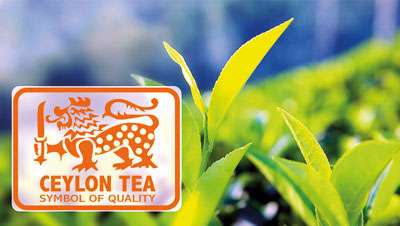 Additionally, the terroir has led to the division of Sri Lanka’s tea-growing territories into seven primary regions: Nuwara Eliya, Uda Pussellawa, Uva, Dimbula, Kandy, Sabaragamuwa, and Ruhuna. Since each location has a different height, climate, and topography, each produces a distinctively flavourful Ceylon tea.
Additionally, the terroir has led to the division of Sri Lanka’s tea-growing territories into seven primary regions: Nuwara Eliya, Uda Pussellawa, Uva, Dimbula, Kandy, Sabaragamuwa, and Ruhuna. Since each location has a different height, climate, and topography, each produces a distinctively flavourful Ceylon tea.
Ceylon Tea’s distinctive flavour is further influenced by the fact that it is solely hand-picked, primarily using the two leaves and bud method, and that about 93% of the tea produced each year is made using artisanal and traditional methods as opposed to the CTC process used around the world.
The ISO 3720 minimum standard is used for the products, and Ceylon Tea maintains the finest quality in the world tea market. With the least amount of pesticide residue, the nation is capable of producing the cleanest tea in the entire globe. In 2012, methyl bromide was eliminated from the manufacturing process. Additionally, Ceylon Tea complies with the exacting ISO 22000 series standards as well as the European Community’s rules for health and safety. Sri Lankan tea planters have also entered into partnerships with Fair Trade Certification, Ethical Tea Partnership, Rainforest Alliance, Ozone Friendly Tea, Carbon Neutral Certification, and Organic Certifications including USDA – NOP, JAS, EU, and NASAA)
Tea Exports Industry
It goes without saying that all of the teas used by major exporters in Sri Lanka are purchased at the Colombo Tea Auction, the sole location where the value-added tea products are shipped in 50kg bags from tea factories. Since Ceylon tea is not the most affordable product on the market to buy, the majority of tea companies provide longer credit durations to their clients. Due to the dependence on imports for the majority of the packaging materials used in value addition, the tea sector suffered during the economic crisis. Apart from the cost of teas that would go into them, the rest is mostly flavours, and packing material which varies from spot varnish to mat finished packs to many other varieties which depend on imported papers and boards which are mostly paid upfront.
What are the difficulties faced by the industry?
If the government doesn’t consider how the industry will affect society in the long run, it will be bad for business. About 635 of the nearly 700 factories produce traditional tea. leaf from Sri Lanka. With the privatisation of large plantations, payments based on quantities harvested were made in order to increase the return on investment for those plantation companies, which unfortunately resulted in the lack of or inadequate maintenance of the plucking standards established by the British. The tea industry has the lowest productivity and top soil layer erosion. Tea plants were unable to completely cover the soil layer underneath them as a result of overharvesting, which caused the fertile top soil layer to erode. A severe labour shortage is also affecting the Sri Lankan tea sector as a result of recent sociocultural changes. When compared to other countries that produce tea, all of these factors together have resulted in the highest production costs.
What are the possible outcomes of any damaged to the industry?
Bulk teas account for about 44% of Sri Lanka’s total tea exports. An additional 45% of the market is made up of tea in packets, including branded and private label teas. Since they must buy stock from the auction every week, the exporters retain a sizable amount of it in their warehouses. But it takes time for them to convert them into money. Once it has been sold on credit, collection may take as long as 90 days. Additionally, there will be a lengthy waiting period before you can claim your VAT because our systems are inefficient for doing a real-time set off against due and receivable VAT. This will ultimately force tea exporters to increase their costs by 15%. As a result, our items will become unpopular and unsellable because the entire world is going through a difficult moment. We will ultimately lose all of our clients. What impact would that have on our economy? Compared to textile and rubber products, which rely on imported raw materials, tea is the most popular export and the one with the highest net export revenue. The local manufacturing infrastructure will suffer as a result.
If the proposed VAT is placed on the tea sector commencing in January 2024, the majority of small and medium-sized firms will cease operations by March 2024. Furthermore, if they are exposed to 15% VAT, our teas won’t be competitive on the global market, further harming the industry.
If our export market collapses, one million people who live close to this industry will lose their jobs. 93% of our small holders plant in less an acre plots. i.e. there is at least one or two families rely on the income of these plantations. The government must pay attention to them in order for them to understand how important this is when they impose taxes such as VAT on industries which are driving the economy.
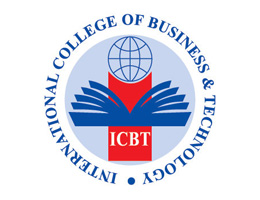









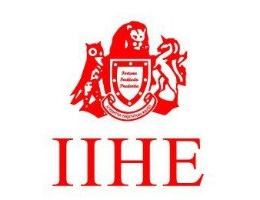

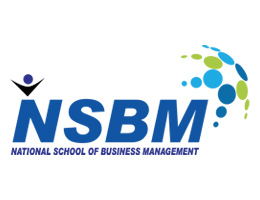
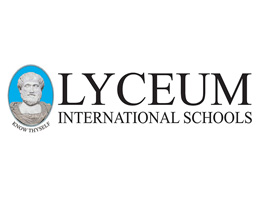
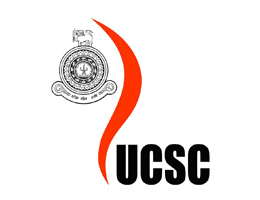
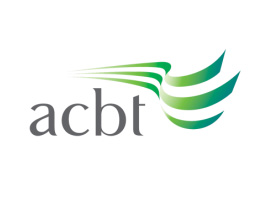











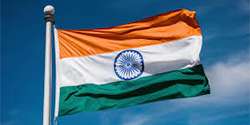














.jpg)
.jpg)
.jpg)
.jpg)
.jpg)
